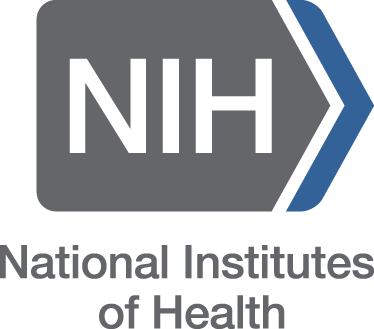PRODUCTIVITY OF SUMMER GROUNDNUT ( PRODUCTIVITY OF SUMMER GROUNDNUT (ARACHIS ARACHIS HYPOGAEA L.) AND SOIL PROPERTIES AS INFLUENCED BY DIFFERENT NUTRIENT MANAGEMENT IN NEW ALLUVIAL ZONE OF WEST BENGAL
Keywords:
Groundnut, Nutrient management,, Productivity, Soil propertiesAbstract
The experiment was conducted at Regional Research Station, New Alluvial Zone, Gayeshpur, BCKV, Nadia, West Bengal during the period of March-July 2014 to study the productivity of summer groundnut (Arachis hypogaea L.) and soil properties as influenced by different nutrient management in New Alluvial Zone of West Bengal. The analyzed data revealed that application of 50% recommended dose of fertilizer (RDF) + 50% N as Farmyard manure (FYM) i.e. T1 gave the highest yield of 2501.23 kgha-1 and was statistically at par with the treatment T6 receiving 1/3rd of recommended N each from FYM, vermicompost (VC) and neemcake (NC) + Rock phosphate, Rhizobium and Phosphate solubilizing bacteria (PSB) with a yield of 2426.67 kgha-1. Regarding soil chemical properties, T6 gave the highest organic carbon (0.93%), total nitrogen (0.078 %), available phosphorus (21.32 kgha-1) and potassium (176.27 kgha-1), respectively. Similarly, lowest bulk density (1.38 Mgm-3), increase in water holding capacity (61.02 %) and higher percentage of soil aggregates (> 0.25 mm) with a value of 49.14 % (0-15 cm) and 41.98 % (15-30 cm) was observed in T6. Thus, application of organic manures including biofertilizers either alone or with inorganic fertilizer can be recommended for sustained productivity of groundnut and soil .


























